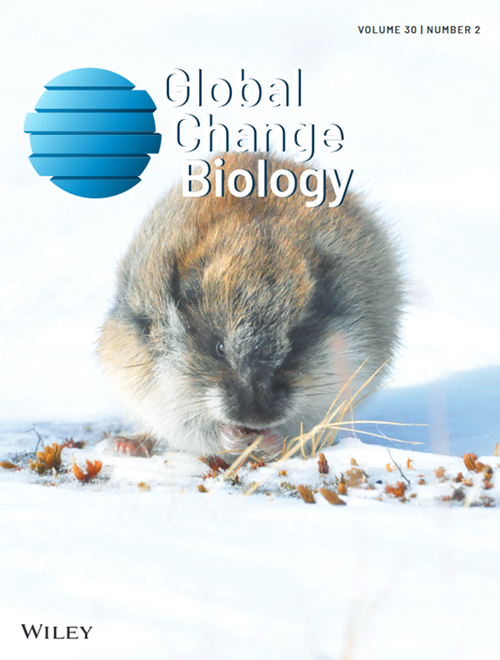Limited Regulation of Canopy Water Use Efficiency by Stomatal Behavior Under Drought Propagation
Abstract
Water use efficiency (WUE) is a critical ecosystem function and a key indicator of vegetation responses to drought, yet its temporal trajectories and underlying drivers during drought propagation remain insufficiently understood. Here, we examined the trajectories, interdependencies and drivers of multidimensional WUE metrics and their components (gross primary production (GPP), evapotranspiration, transpiration (T), and canopy conductance (Gc)) using a conceptual drought propagation framework. We found that even though the carbon assimilation efficiency per stomata increases during drought, the canopy-level WUE (represented by transpiration WUE (TWUE)) declines, indicating that stomatal regulation operates primarily at the leaf level and cannot offset the drought-induced reduction in WUE at the canopy scale. A stronger dependence on T and TWUE indicates that the water–carbon trade-off relationship of vegetation more inclines toward water transport than carbon assimilation. Gc fails to prevent the sharp decline in GPP during drought and has limited capacity to suppress T, as reflected by the reduction magnitude and the threshold (the turning point at which a component shifts from a normal to drought-responsive state). The primary drivers of the water–carbon relationship under drought propagation include vapor pressure deficit and hydraulic traits. Among plant functional types, grasslands show the strongest water–carbon fluxes in response to drought, whereas evergreen broadleaf forests exhibit the weakest response. These findings refine our comprehensive understanding of multidimensional ecosystem functional dynamics under drought propagation and enlighten how the physiological response of vegetation to drought affects the carbon and water cycles.

 求助内容:
求助内容: 应助结果提醒方式:
应助结果提醒方式:


